Learn to read the weather. Want to know how to do a weather forecast without gadgets? If you're relying too much on modern technology to tell the weather, it's time to go back to basics.
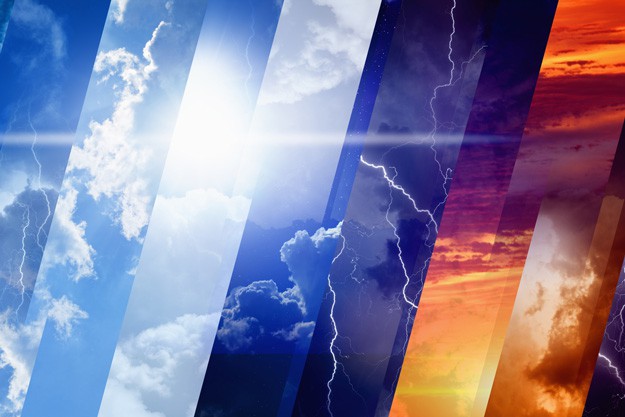
How To Read Weather | Weather Forecasting Without A Gadget
Gadgets have revolutionized a lot of things that we do in our everyday lives. You can probably say that we have become a little too dependent on them. Why wouldn't we? In just a tap of a button, you can already tell what the weather would be among other things. But have you ever considered what you will do in case you don't have a gadget available? Say for example, you got stranded in the wilderness with just the clothes in your back, how will you be able to tell what the weather will be? Luckily, our forefathers already have that figured out. If you want to go old school and know exactly what the weather will be without relying on technology, here are a few things you have to learn.
You can thank Daily Infographic for this extra knowledge! (Click to enlarge)
How To Read Weather | Weather Forecasting Without A Gadget
Watch The Clouds To Read Weather

Cloud cover on a winter night – expect warmer weather because clouds prevent heat radiation that would lower the temperature on a clear night.
Cumulus towers (cumulus castellanus) – possibility of showers later in the day.
Clouds going in different directions (one layer going west, another layer going north) – bad weather coming, probably hail.
Cumulonimbus clouds – early in the day and developing throughout the day – greater chances of severe weather.
Mammatus cloud (formed by sinking air) – a thunderstorm is dissipating (not forming)
Cirrus Clouds – high in the sky like long streamers – bad weather within the next 36 hours.
Altocumulus clouds like mackerel scales – bad weather within the next 36 hours. The old sailor's saying for these types of clouds is “Mares tails and mackerel scales, tall ships carry short sails.” Mackerel skies and mares tails formations sometimes appear in the same sky. When that happens, rain is sure to follow the next day.
Look For a Rainbow To Read Weather

A rainbow in the west – most major storm fronts travel west to east, and a rainbow in the west means moisture, which can mean rain is on its way.
A rainbow in the east – On the other hand, a rainbow in the east around sunset means that the rain is on its way out and you can look forward to sunny days.
Remember: rainbow in the morning, need for a warning.
Look At The Moon At Night To Read Weather
If the moon is reddish or pale, dust is in the air.
If the moon is bright and sharply focused, it's probably because low pressure has cleared out the dust, and low pressure means rain.
Also, a ring around the moon (caused by light shining through cirrostratus clouds associated with warm fronts and moisture) can indicate that rain will probably fall within the next three days.
Remember: Circle around the moon, rain or snow soon.
Red Sky At Night Sailor's Delight – Red Sky In The Morning, Sailors Take Warning!
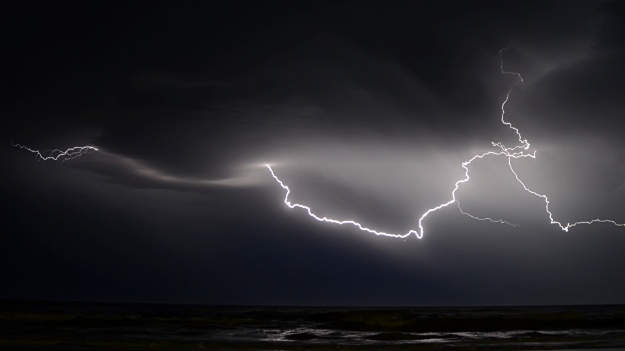
If you see a red sky during sunset (when you're looking to the west) ther is a high pressure system with dry air that is stirring dust particles in the air, causing the sky to look red. Since prevailing front movements and jet streams weather usually move from west to east, the day air is heading towards you.
A red sky in the morning (in the East, where the sun rises) means that the dry air has already moved past you, and what follows behind it (on its way towards you) is a low pressure system that carries moisture.
Watch The Wind To Read Weather

Detect which direction the wind is blowing
Easterly winds can indicate an approaching storm front, westerly winds the opposite.
Strong winds indicate high-pressure differences, which can be a sign of advancing storm fronts.
Deciduous trees show the undersides of their leaves during unusual winds. supposedly because they grow in a way that keeps them right-side up during typically prevalent winds.
Feel The Humidity To Read Weather
Many people can feel humidity, especially in their hair (it curls up and gets frizzy)
You can also look at the leaves of oak or maple trees. These leaves tend to curl in high humidity, which tends to precede a heavy rain
Pine cone scales remain closed if the humidity is high, but open in dry air.
Under humid conditions, wood swells (look out for those sticky doors) and salt clumps (is that shaker working well?)
Feel The Air To Read Weather
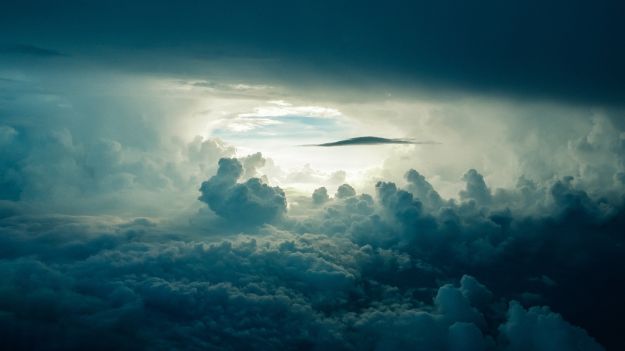
Take a deep breath. Close your eyes and smell the air.
Plants release their waste in a low-pressure atmosphere, generating a smell like compost and indication an upcoming rain.
Swamps will release gasses just before a storm because of the lower pressure which leads to unpleasant smells.
A proverb says “flowers smell best just before a rain” scents are stronger in moist air, associated with rainy weather.
Watch The Animals To Read Weather
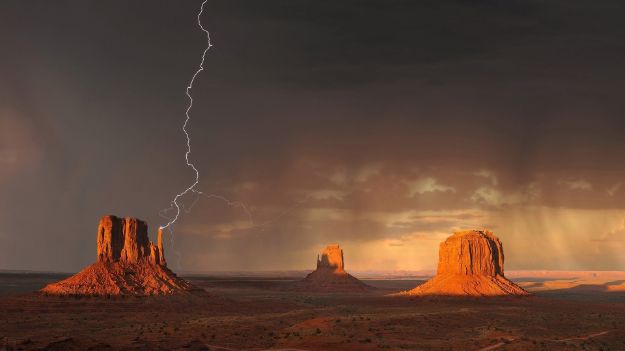
If birds are flying high in the sky, there will probably be fair weather. (Falling air pressure caused by an imminent storm causes discomfort in birds' ears, so they fly low to alleviate it. Large numbers of birds roosting on power lines indicates swiftly falling air pressure.)
Seagulls tend to stop flying and take refuge at the coast if a storm is coming.
Animals, especially birds, get quiet immediately before it rains.
Cows will typically lie down before a thunderstorm. They also tend to stay close together if bad weather's on the way.
Ants build their hills with very steep sides just before a rain.
Cats tend to clean behind their ears before rain.
Turtles often search for higher ground when a large amount of rain is expected. You will ofen see them in the road during this period (1 to 2 days before the rain).
A very old wives tale says if birds feed in a storm it will rain for a long time, if they don't it will clear soon.
Observe animals! They are more likely to react to changes in air pressure than we are.
More Ideas To Read Weather
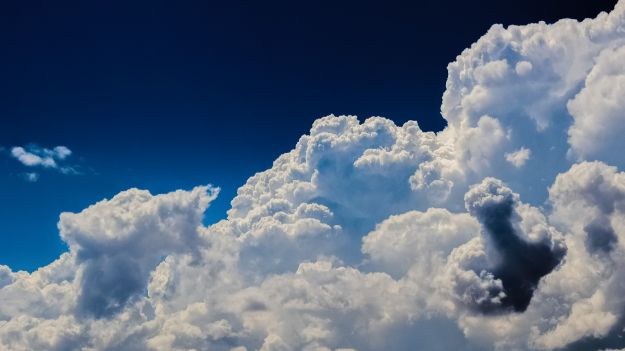
Make a campfire – the smoke should rise steadily. Smoke that swirls and descends is caused by low pressure (rain on the way)
Check grass for dew at sunrise – if the grass is dry, this indicates clouds or strong breezes, which can mean rain. If there's dew, it probably won't rain that day.
Do you think you'll stop relying on your gadgets and start forecasting the weather using nature? Let us know below in the comments! 🙂


[…] UP NEXT: How To Read Weather Like A Sailor […]